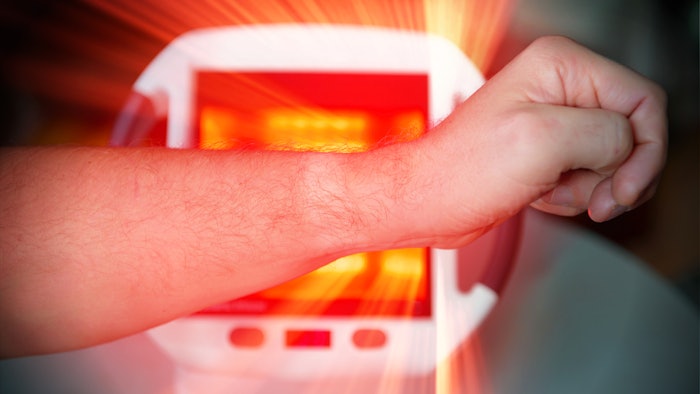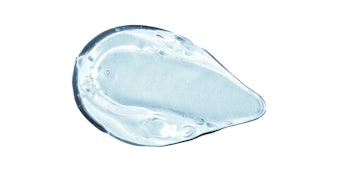
A study published in Lasers in Surgery and Medicine (July 21, 2021) found that rats treated with photobiomodulation (PBM) following fat grafting had greater fat graft retention than the control group.
Researchers with department of plastic reconstructive and aesthetic surgery at Hacettepe University Ankara in Ankara, Turkey, performed an experimental study to determine whether the stimulatory effects of photobiomodulation (PBM) with polychromatic light in near-infrared region (600–1200 nm) could affect fat graft viability.
Related: Investigators Identify Most Efficient Method for Fat Graft Preparation
They divided a total of 24 rats into four groups (n = 6) according to the applied polychromatic light protocol to the recipient site (group one - none, group 2 - before fat transfer, group 3 - after fat transfer and group 4 - combined). In all groups, the inguinal fat pad was excised, measured for volume and weight, and transferred to the dorsum of the rat. At the end of the experiment, fat grafts were harvested from the recipient site for volume and weight measurements, histological, and immunohistochemical evaluation.
The weight and volume of the grafted fat was significantly superior in Group 4 in which polychromatic light was applied both before and after transfer of the graft. Hematoxylin–eosin and Masson's trichrome stained sections showed absence of necrosis, fibrosis, inflammation, cyst formation and increased vascularization of both inner and outer zones of the grafts in this group.
Related: PRF May Extend Longevity of Fat Grafts
Immunohistochemical staining scores for perilipin (indicator for adipocyte viability), CD31 and VEGF (indicators for angiogenesis and neovascularization) were significantly higher in this group as well. Ki67 scores were significantly lower in this group; the researchers posit that this is because of the anti-inflammatory environment due to PBM.
The authors concluded that application of PBM to the recipient site before and after fat transfer improved outcomes in rats at 56 day following fat grafting by means of volume retention, increased neovascularization and adipocyte viability and reduced necrosis, fibrosis and inflammation.











